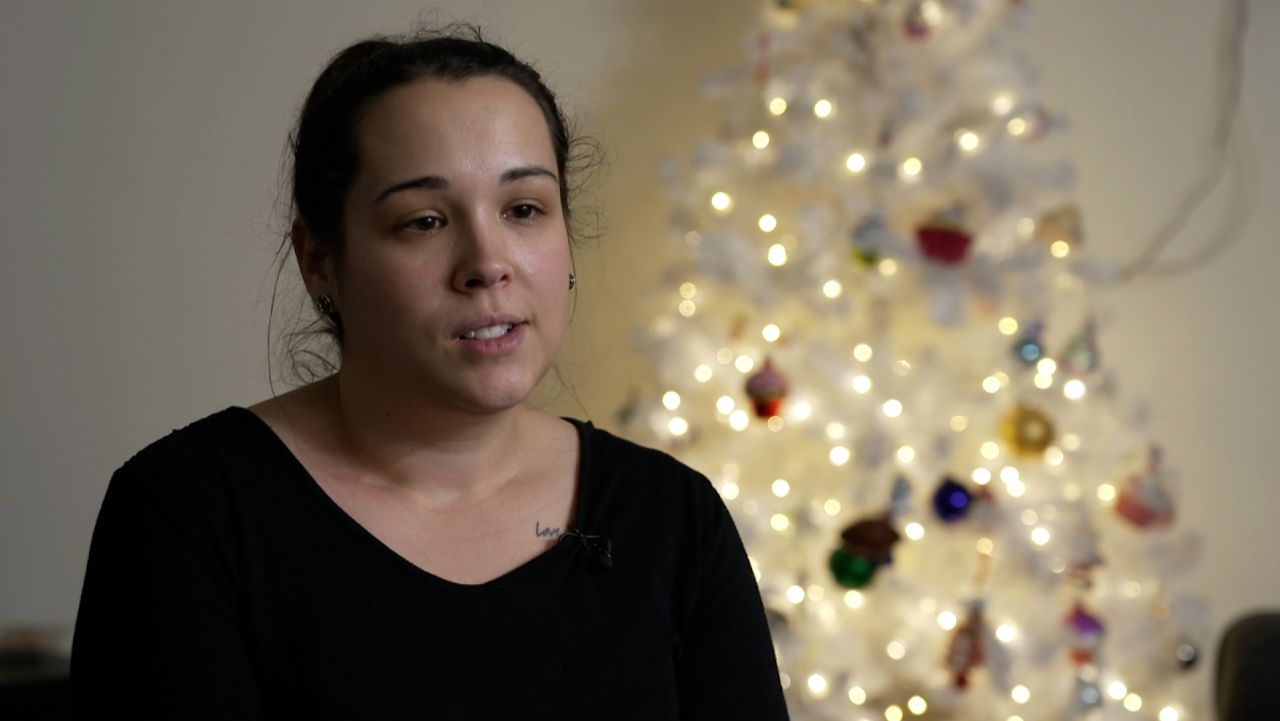The Federal Reserve approved a half-point interest rate hike on Wednesday, a smaller increase than in recent months and an acknowledgment that inflation is finally easing.
The increase marks a shift for the central bank after an unprecedented year that includes seven-straight rate hikes as part of an aggressive campaign to try and bring down the highest inflation since the early 1980s.
While lower than the four consecutive three-quarter-point hikes approved at the Fed’s previous meetings, Wednesday’s rate hike is still twice the size of the central bank’s customary quarter-point increase and will likely deepen the economic pain for millions of American businesses and households by pushing up the cost of borrowing even further.
Fed officials will increase the rate that banks charge each other for overnight borrowing to a range of 4.25-4.5%, the highest since 2007.
The Fed also released its highly anticipated Summary of Economic Projections, which includes what is colloquially known as the dot plot. Investors pay close attention to these forecasts, which show where each of its 19 leaders expect interest rates to go in the future, for clues about the path of rate hikes in the new year and beyond.
The December projections showed a more aggressive monetary policy tightening path, with the median “dot” rising to a new peak in federal fund rates of 5-5.25% up from 4.5-4.75% in September. That would mean Fed officials expect to raise rates by half a percent more than they did three months ago, when the plot was last released.
Policymakers also projected that PCE inflation, the Fed’s favored price gauge, would remain above its 2% target until at least 2025. Further projections showed souring expectations for the health of the US economy, with Fed officials now predicting that unemployment will rise to 4.6% by the end of 2023 and remain at that level through 2024. That’s 0.2 percentage points higher than the 4.4% rate they were expecting in September and significantly higher than the current 3.7% rate.
GDP, a measure of economic output, is also projected to drop to 0.5% next year, down from 1.2% in September.
The forecast will likely stoke investors’ and economists’ fear that the US economy will endure a recession next year. Federal Reserve Chair Jerome Powell said last month that there is still a chance the economy can avoid recession but said the odds are slim.
“To the extent we need to keep rates higher longer, that’s going to narrow the path to a soft landing,” he said at an economic forum last month.
Still, the economy has so far withstood the hikes. The job market is healthy, wages are growing, Americans are spending and GDP is strong. Business is also good: Companies are largely beating revenue expectations and reporting positive earnings results.
Fed Chair Powell is schedule to hold a post-meeting press conference at 2:30 p.m. Wednesday.









